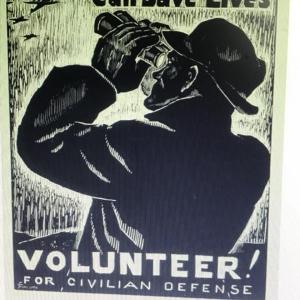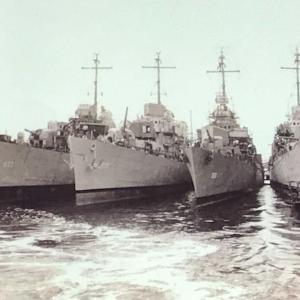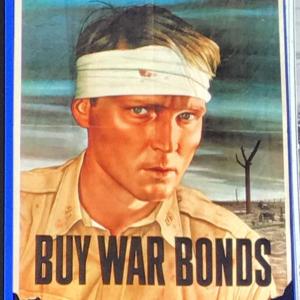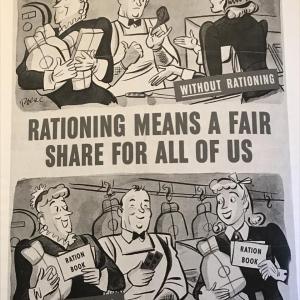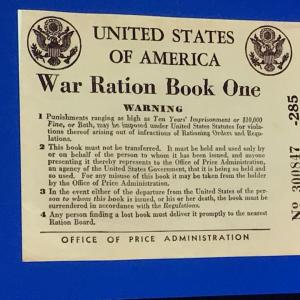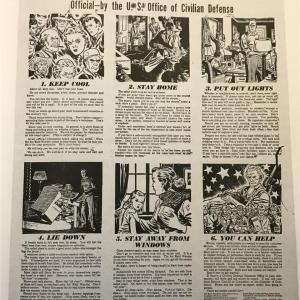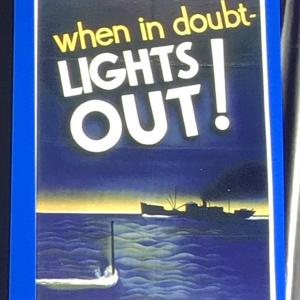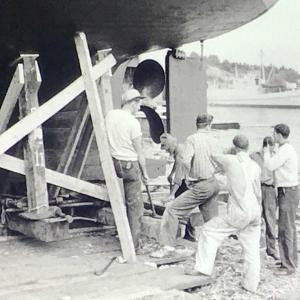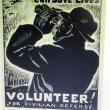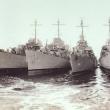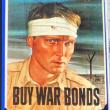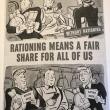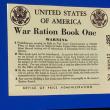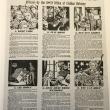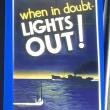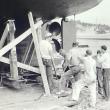Unsung heroes
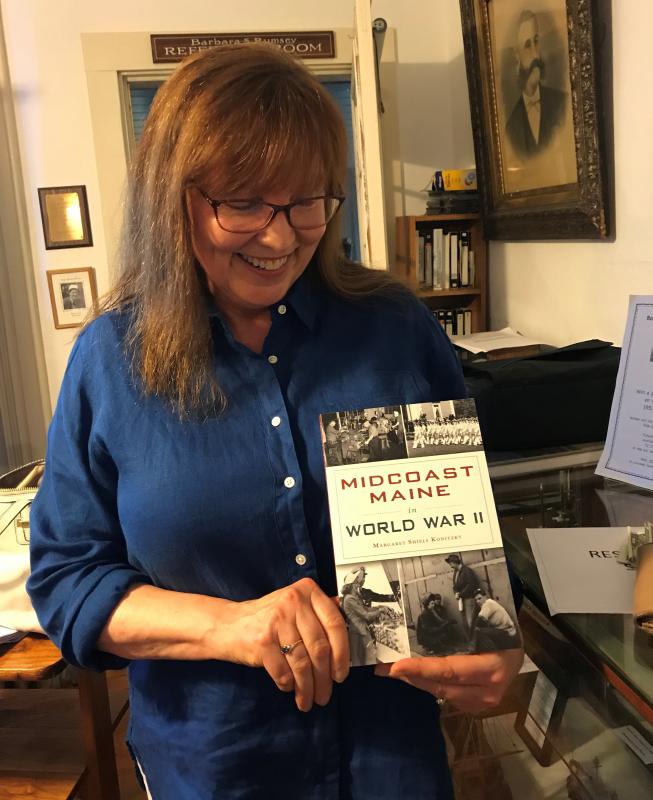 Peggy Konitzky, author of “Midcoast Maine in World War II.” Kellie Bigos/Boothbay Register
Peggy Konitzky, author of “Midcoast Maine in World War II.” Kellie Bigos/Boothbay Register
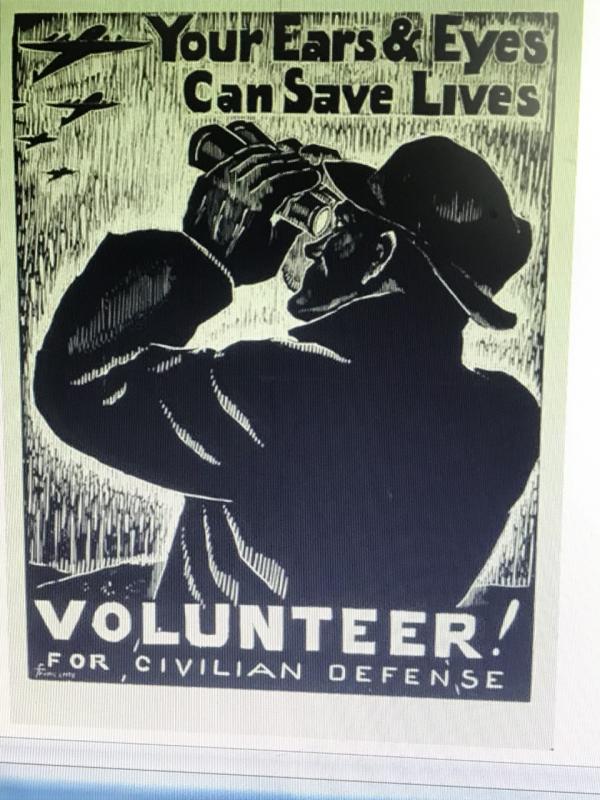 Courtesy of Peggy Konitzky
Courtesy of Peggy Konitzky
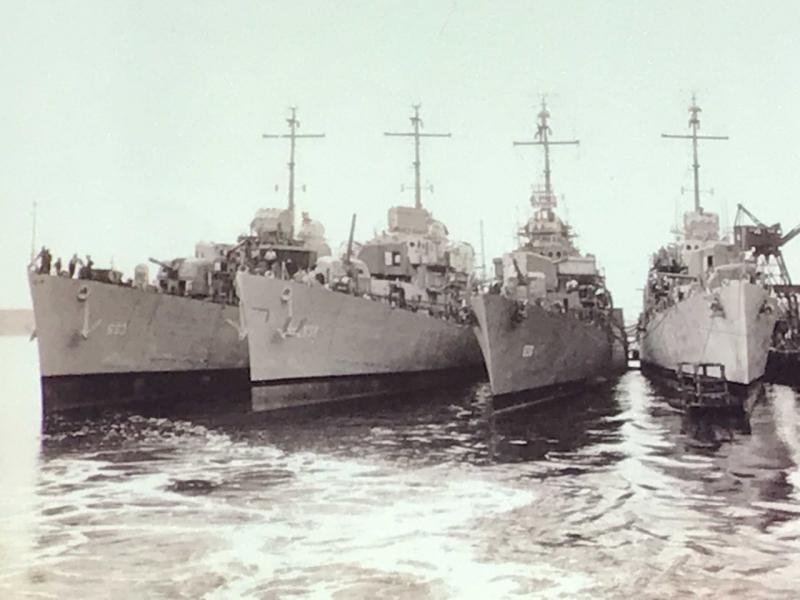 Destroyers produced by BIW. Courtesy of Peggy Konitzky
Destroyers produced by BIW. Courtesy of Peggy Konitzky
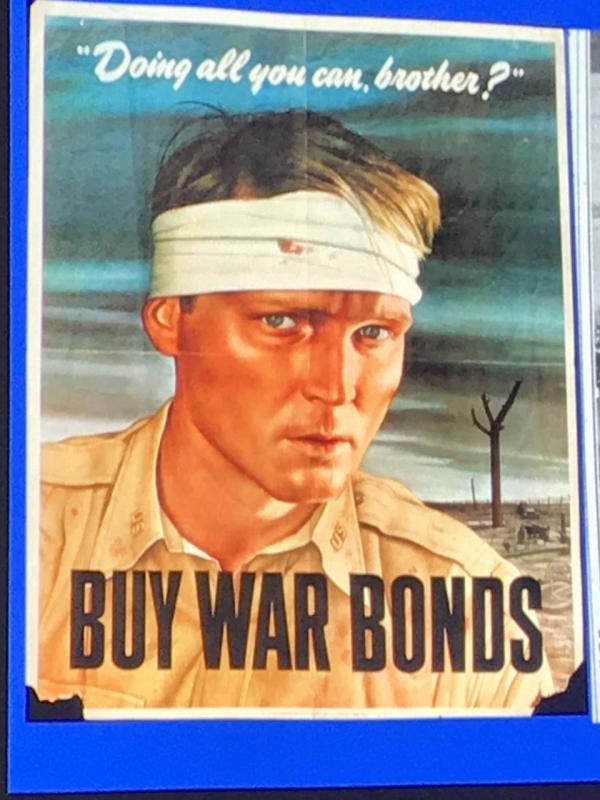 Courtesy of Peggy Konitzky
Courtesy of Peggy Konitzky
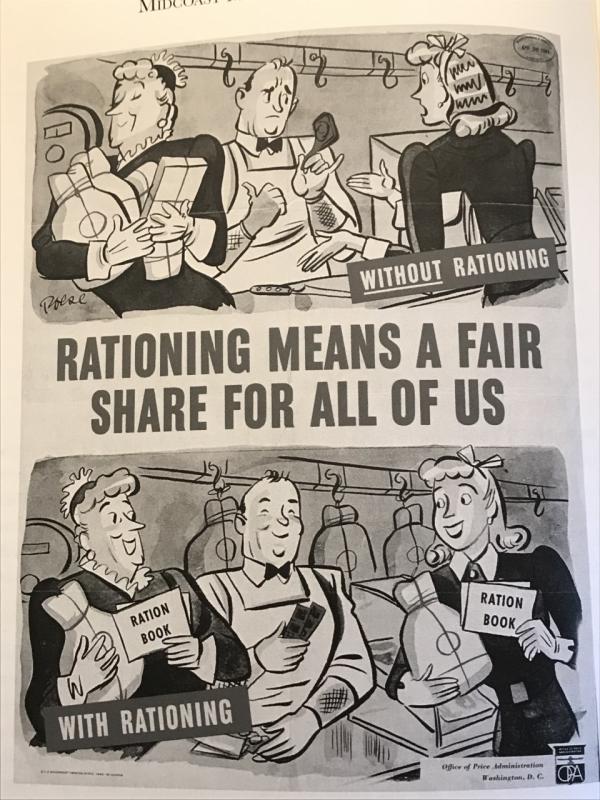 Courtesy of Peggy Konitzky
Courtesy of Peggy Konitzky
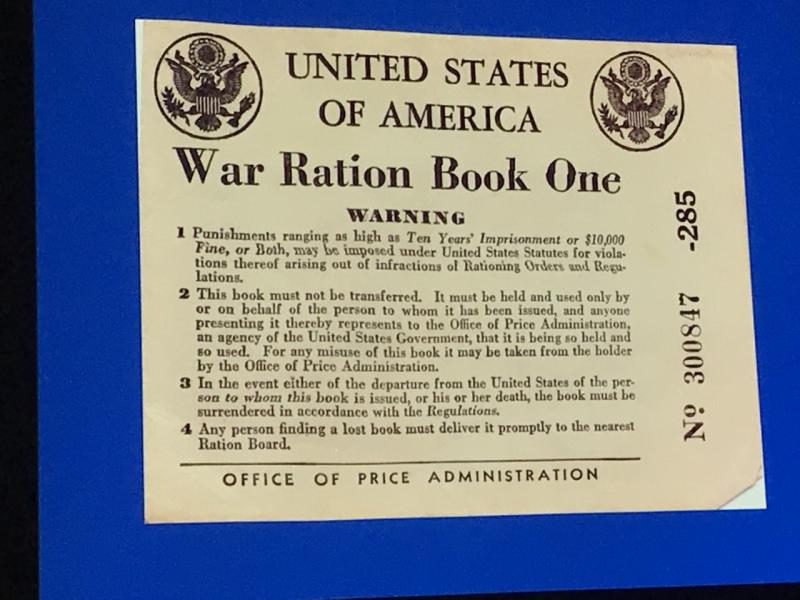 War Ration Stamps. Courtesy of Peggy Konitzky
War Ration Stamps. Courtesy of Peggy Konitzky
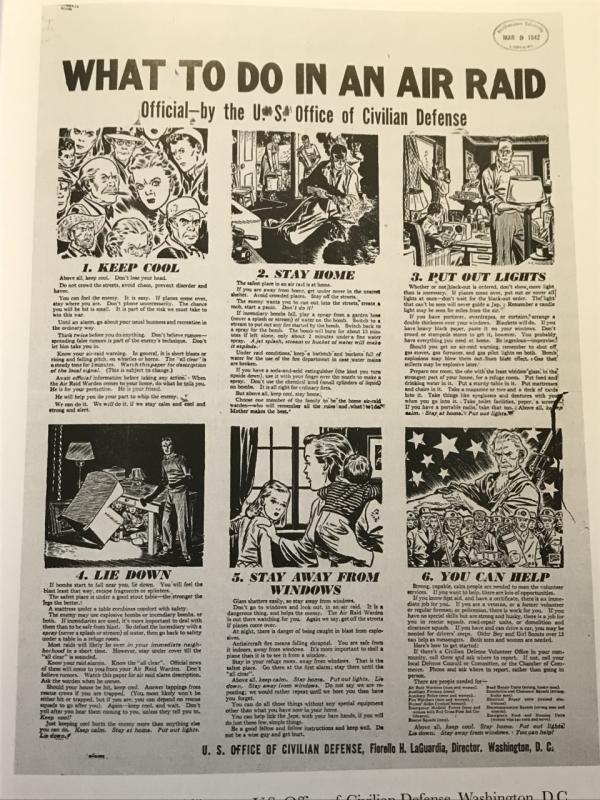 Courtesy of Peggy Konitzky
Courtesy of Peggy Konitzky
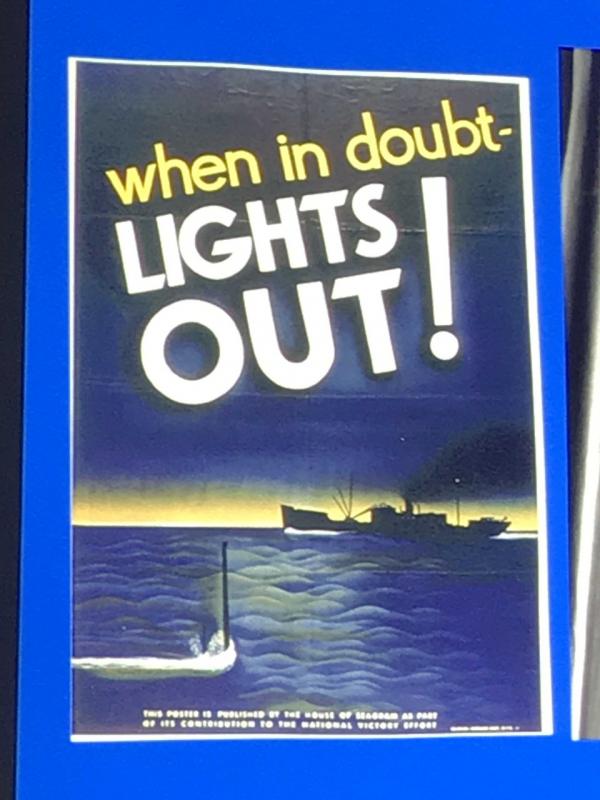 Courtesy of Peggy Konitzky
Courtesy of Peggy Konitzky
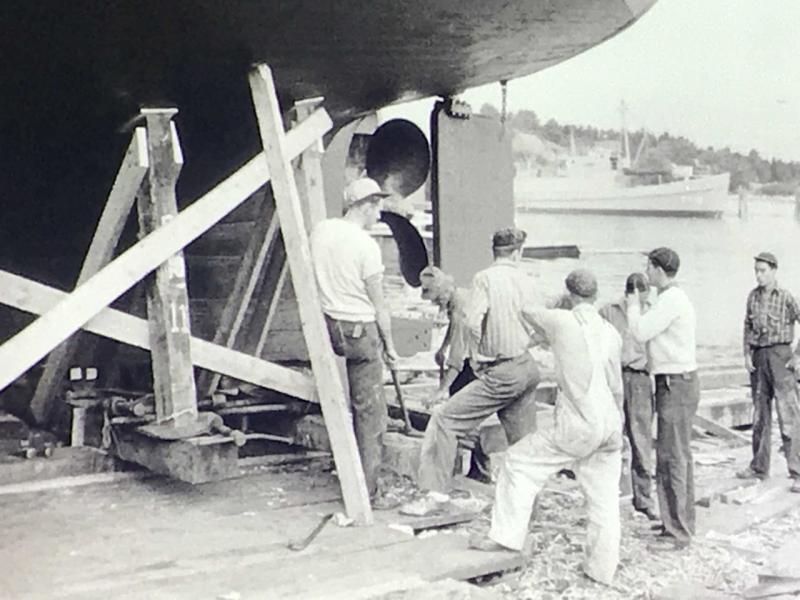 War production for the Navy. Courtesy of Peggy Konitzky
War production for the Navy. Courtesy of Peggy Konitzky
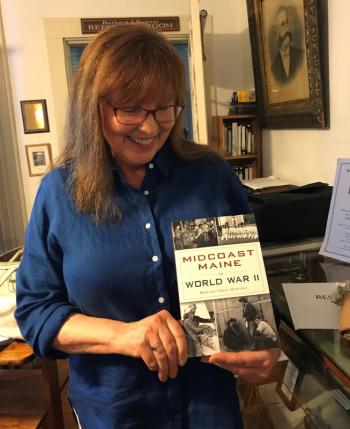 Peggy Konitzky, author of “Midcoast Maine in World War II.” Kellie Bigos/Boothbay Register
Peggy Konitzky, author of “Midcoast Maine in World War II.” Kellie Bigos/Boothbay Register
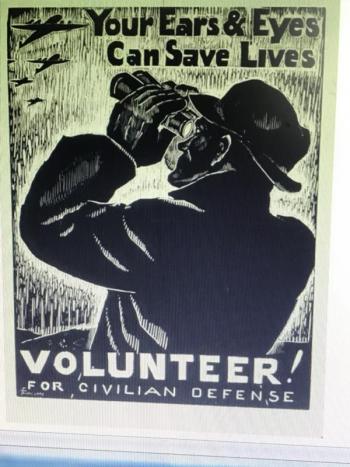 Courtesy of Peggy Konitzky
Courtesy of Peggy Konitzky
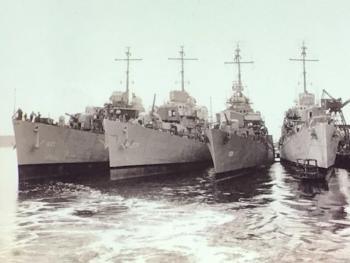 Destroyers produced by BIW. Courtesy of Peggy Konitzky
Destroyers produced by BIW. Courtesy of Peggy Konitzky
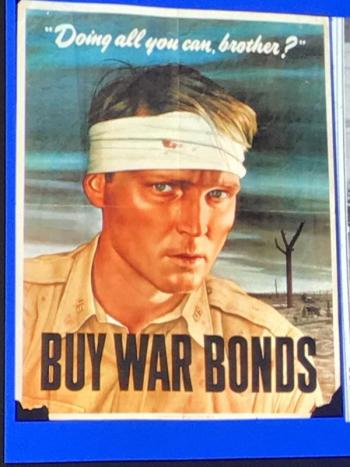 Courtesy of Peggy Konitzky
Courtesy of Peggy Konitzky
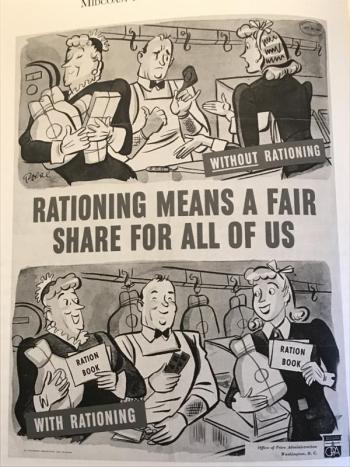 Courtesy of Peggy Konitzky
Courtesy of Peggy Konitzky
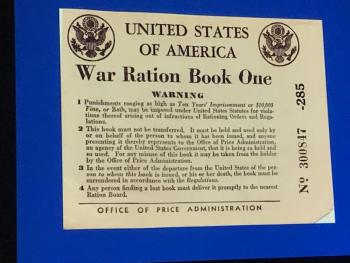 War Ration Stamps. Courtesy of Peggy Konitzky
War Ration Stamps. Courtesy of Peggy Konitzky
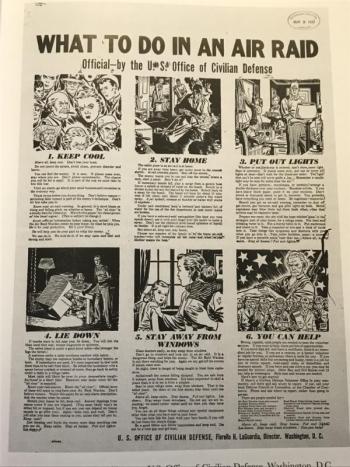 Courtesy of Peggy Konitzky
Courtesy of Peggy Konitzky
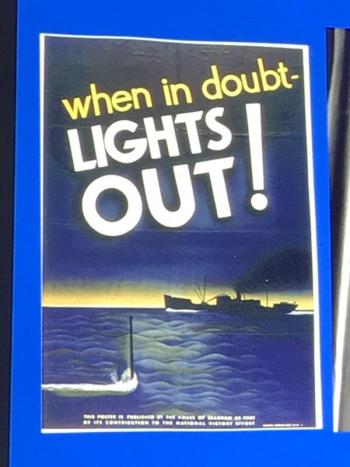 Courtesy of Peggy Konitzky
Courtesy of Peggy Konitzky
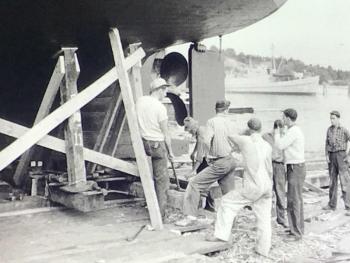 War production for the Navy. Courtesy of Peggy Konitzky
War production for the Navy. Courtesy of Peggy Konitzky
“The signs were everywhere that war was coming.” So began the talk by Peggy Konitzky, based on the research for her book, “Midcoast Maine in World War II,” that was held at Boothbay Region Historical Society Aug. 1. “And as the month of December in 1941 approached, behind the holiday cheer lurked a jittery uneasiness.”
Newspapers and radio broadcasts had been delivering bad news of the buildup in Europe that had been developing with the Nazis since 1939. The Japanese had successfully invaded China.
Knowing most Americans opposed the U.S. entering this war but recognizing the need to help our ally in its time of greatest need, President Franklin D. Roosevelt signed a lend-lease agreement with Great Britain. Old destroyers were exchanged for leases on land in Newfoundland and the Caribbean to be used as American military bases.
Out of the blue, Japanese planes bombed Pearl Harbor in Hawaii on Dec. 7, 1941.
Japan had an agreement with Germany and Italy — the Tripartite Pact — and together they declared war on the U.S. four days later. There was no longer a choice. The U.S. was hurled into World War II.
FDR created the Office of Civilian Defense (OCD), responsible for managing the homefront war effort. Each town was to have a unit coordinated by municipal officers. Identifying potential volunteers and matching their skills to the needs of the community was essential, time-consuming work.
The Brunswick Record ran a front page editorial, "Am I Doing All That I Can?" encouraging able-bodied men of military age to enlist, and encouraging men and women who could not join the military forces to sign up for civilian defense.
According to Konitzky, civilian defense during World War II brought the country together in the belief that “we were in it together and everyone had a part to play.”
Midcoast Maine was no exception.
When their husbands went into the armed forces, many wives took over their jobs.
Cabot Mill in Brunswick advertised, “Girls wanted, working age of 16 years or over. Good opportunity for the future and to be paid while learning.”
Bath Iron Works began publishing a company newsletter to strengthen morale and inspire teamwork, making a point of highlighting the contributions of women. By 1945, BIW was launching a new destroyer every 17 days!
Smaller shipyards in Midcoast Maine went into war production, building patrol boats.
War bonds and stamps were sold to raise money for the war. Gasoline and some goods were rationed to conserve money to provide supplies for the troops. These programs needed many volunteers to coordinate and monitor.
Everyone was encouraged to grow a Victory Garden of fruits and vegetables for personal consumption so there was enough food to send to the troops without depleting food for the nation. Food produced at home also helped to stretch ration stamps.
The Coast Guard painted beautifully varnished yachts and other pleasure boats with flat gray paint to be manned by civilian sailors of all ages, to patrol the coastline. Konitzky said, “Their mission was to observe and report the actions and activities of all hostile submarine and air forces.” The Coast Guard called the auxiliary the Corsair Fleet but their more popular nickname was the Hooligan Navy.
The Civil Air Patrol (CAP) was a group of civilian pilots and flying enthusiasts who flew their own planes at their own expense. The CAP did reconnaissance and rescue work and surveilled the coast. Because CAP planes flew lower and slower than military planes, they could see more.
Due to the fear BIW and other shipyards would make the coast a prime target for enemy bombs, air raid defense plans were created for civilians to follow. “Black-out” rules were set up for all lights or windows facing the sea within a three-mile radius to be extinguished or blacked out at night to reduce the possibility. The first black-out test for Boothbay Harbor and Southport was conducted on April 27, 1942. It was deemed successful when all lights went out in one minute.
The Red Cross was the backbone of non-military civilian defense efforts, working closely with the OCD to train volunteers and organize services.
When the war ended, most people resumed their prewar lives. The hard work, perseverance and sacrifices of the homefront were soon forgotten except by those who lived through them.
The National World War II Memorial has established an online memorial to honor servicemen and homefront volunteers. Visit www.wwiimemorial.com to add a name.
Event Date
Address
United States


